Centipede
How to play Centipede
Use the keyboard arrows to move your shooter horizontally and vertically at the bottom of the screen.
Press the space bar to fire at the centipede and other enemies.
Destroy all segments of the centipede to progress to the next level.
Avoid contact with enemies, especially the centipede and spiders.
Centipede Description
Centipede is a classic arcade action game, originally released in 1983 by Atari Inc. for DOS. In this thrilling shooter, you control a small, mobile shooter that defends a garden from waves of invading insects. The primary threat is a centipede that winds its way down the screen, segmented into multiple parts. Each time you shoot a segment, it breaks off and transforms into a new centipede, making the action more frantic.
The game's colorful top-down view presents a mushroom-filled battlefield where other enemies like spiders, fleas, and scorpions add to the chaos. The main goal is to clear the centipede and other threats while avoiding getting hit by them. The fast-paced action and increasing difficulty make Centipede an addictive and intense experience, perfect for both casual gamers and those seeking a high score challenge. Its combination of reflex-testing gameplay and strategic shooting made it a standout title in early PC gaming.
Cheats/Hints/Walkthroughs for Centipede
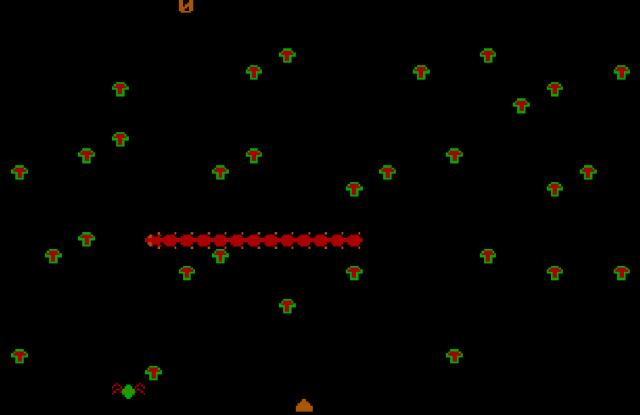
Centipede (DOS Game by Atari Inc.)
Centipede, released in 1983 by Atari Inc., stands out as one of the most beloved arcade classics that transitioned onto various platforms, including DOS. Originally released in 1981 as an arcade game, the DOS port allowed players to enjoy this fast-paced, action-packed shooter on their personal computers. Designed by Ed Logg and Dona Bailey, one of the few female developers in the early days of gaming, Centipede became an iconic staple in the golden age of arcade gaming, known for its simple but addictive gameplay and high replay value.
In this article, we’ll take a deep dive into the 1983 DOS version of Centipede, exploring the gameplay mechanics, the unique design, its cultural impact, and how it compares to similar titles of its time.
Overview of Centipede (1983 DOS Version)
Centipede puts the player in control of a small shooter at the bottom of the screen, tasked with destroying a centipede that weaves through a field of mushrooms. The centipede moves in a snake-like fashion, and each time a segment is shot, it breaks apart, causing the centipede to split into two segments. As you blast away at its segments, the centipede becomes increasingly erratic and harder to track. The primary goal is to destroy the centipede before it reaches the player’s shooter, while dealing with other threats like spiders, fleas, and scorpions, which add an extra layer of challenge.
The game uses a top-down, vertical scrolling format with colorful graphics that were a hallmark of Atari’s style at the time. In the DOS version, however, due to limitations of the early PC systems, the graphics were more limited, typically in CGA or EGA color palettes, yet it retained the core excitement and strategy that made the arcade version a hit.
Gameplay Mechanics
Objective and Controls
The objective in Centipede is straightforward: destroy all centipede segments before they reach the bottom of the screen. The player controls a "shooter" which can move left and right and also slightly upward and downward within the lower portion of the screen. The centipede itself descends from the top, winding its way around the screen’s mushroom field.
- Shooting Mechanics: The centipede breaks into smaller parts each time a segment is shot. If the head is hit, the centipede completely splits, but if a body segment is hit, a new head grows, making the centipede more dangerous as it continues splitting into smaller, more agile parts.
- Enemies: Aside from the centipede, players must also contend with:
- Spiders: They bounce around the bottom of the screen, eating mushrooms, and can kill the player with a single touch.
- Fleas: Drop quickly down the screen, leaving a trail of mushrooms, making it harder to move and shoot accurately.
- Scorpions: Poison mushrooms by crawling horizontally across the screen, causing any centipede that touches a poisoned mushroom to dive straight down toward the player.
The increasing speed and chaotic movement of the centipede, coupled with the various enemies, challenge the player’s reflexes and strategy as the game progresses.
Difficulty Curve
As with many arcade games of the era, Centipede employs a difficulty curve that increases as the player advances through levels. The more segments the centipede splits into, the more unpredictable and frantic the gameplay becomes. Additionally, the mushroom field thickens as the game progresses, and the introduction of new enemies adds layers of complexity. The game’s intensity is amplified as players try to survive longer and score higher points.
Cultural Impact of Centipede
Centipede was notable not just for its addictive gameplay, but also for its historical significance in gaming culture. Dona Bailey, one of the few women in game design during the early '80s, contributed significantly to its design and success, making Centipede one of the first games to appeal broadly to both male and female audiences. Its easy-to-learn, hard-to-master mechanics, coupled with the bright, colorful visuals, made it appealing across different demographics.
The game became a commercial hit, spawning sequels, ports, and remakes across numerous platforms. It also enjoyed popularity in competitive gaming scenes, with players competing for high scores at arcades and on home consoles.
Similar Games to Centipede
For players who enjoyed Centipede, several other arcade-style shooters and maze games from the era might pique their interest. Here are a few titles worth exploring:
- Millipede (1982): The direct sequel to Centipede, featuring more enemies, new mechanics like DDT bombs, and a higher difficulty curve. It's essentially a more intense version of the original game.
- Galaga (1981): Another arcade shooter where players battle waves of aliens while dodging enemy fire. Galaga features a similar top-down perspective, but with a more space-themed setting.
- Tempest (1981): Also developed by Atari, Tempest is a tube shooter where players control a claw-shaped spaceship, shooting enemies as they approach from the center of the screen.
- Space Invaders (1978): While predating Centipede, this classic laid the groundwork for many shooter games that followed. Players shoot descending waves of aliens while hiding behind destructible barriers.
These games, like Centipede, challenge players with increasingly difficult enemy waves and test their reaction time and precision.
Legacy and Enduring Appeal
What made Centipede stand out in its time, and what continues to make it relevant today, is its perfect balance of simplicity and challenge. It’s a game that rewards quick thinking, fast reflexes, and careful strategy. Even today, Centipede can be found on classic gaming collections and emulators, with its DOS version still offering a nostalgic trip for older gamers or a retro discovery for new players.
Classic gaming enthusiasts will appreciate revisiting the 1983 DOS version of Centipede on platforms like ClassicReload, where the experience is as thrilling as it was when it first appeared in arcades. The timeless nature of the gameplay, combined with the nostalgia factor, ensures that Centipede remains a popular choice among retro gaming fans.
Atari's Centipede (1983 DOS version) remains a significant piece of gaming history, embodying the spirit of early arcade games with its simple yet addictive design. Whether you’re a retro game aficionado or a newcomer looking to experience the roots of video gaming, Centipede offers timeless fun, with its fast-paced, high-energy gameplay standing the test of time. From its humble beginnings in arcades to its successful DOS port, Centipede continues to be a shining example of classic gaming at its finest.
For anyone looking to relive the magic of Centipede or discover it for the first time, be sure to check it out on retro gaming sites like ClassicReload.






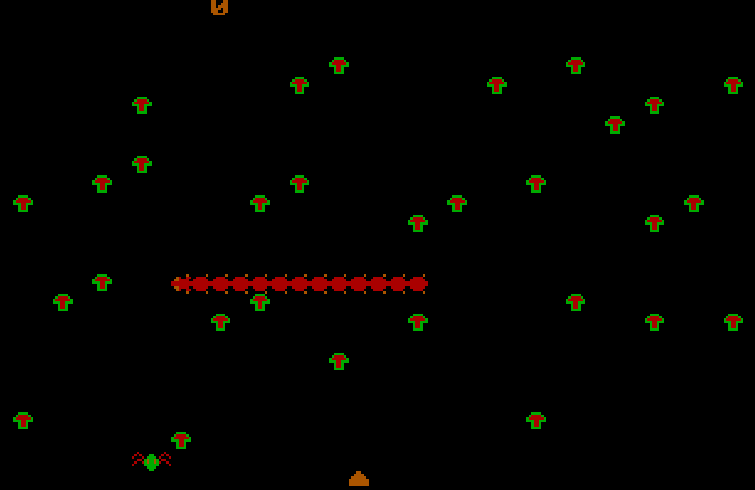

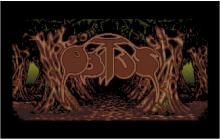
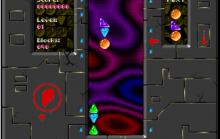
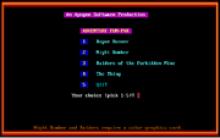
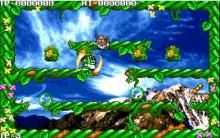
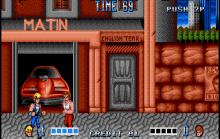


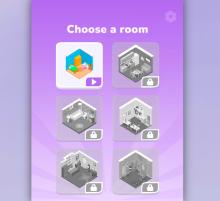
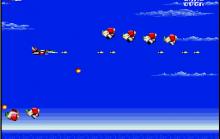
Write a comment